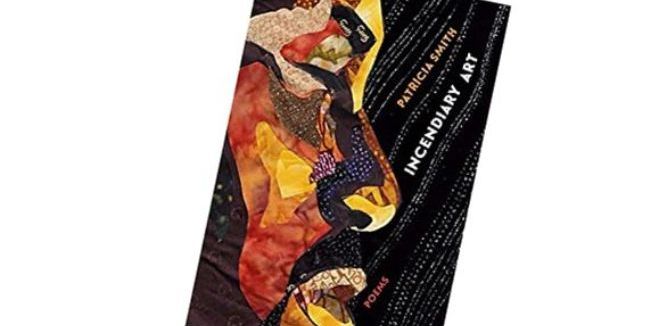"Is more attention now given to aesthetics than to an aesthetic?" --Jerry W. Ward, Jr.*
Yes, today, we're more likely to see witness folks exploring a range of aesthetics or cultural signifies as opposed to a single one or even just two, three, or four. I think about a novel like Paul Beatty's
The Sellout, where he references more than 300 African American cultural figures. All those references and the intra-racial conflicts among the black characters in the novel are suggestive about the multiplicity of African American perspectives and culture.
But I'm getting ahead of myself. I really wanted to briefly reflect on aesthetic and aesthetics, and then move to a term that stands out much more: "form."
Beginning in the late 1960s, groups of black writers began advocating for and debating something known as "the Black Aesthetic." When and if you look over the writings, you'll notice that there was no one, clear-cut definition of the concept. Some folks thought there was a need to "establish a black aesthetic." Others, like Larry Neal, explained that "There is a no need to establish a ‘black aesthetic.’ Rather it is important to understand that one already exists." The conversations and debates carried on throughout the 1970s.
Many discussions about "the" or "a" black aesthetic were propelled and sustained by
Black World magazine and when the periodical ceased publication in 1976, the conversation seemed to subside. At least, there were fewer powerful venues for black writers and intellectuals to discuss that term and other issues. In 1989 in the journal
Callaloo, novelist Trey Ellis published an essay "The New Black Aesthetic," which became widely cited and a spur for talks about shifts taking place in African American artistic production.
But even before that, back in 1983, literary scholar Jerry W. Ward, Jr., presented an essay and mentioned the need to consider "the transformation of literature of the Black Aesthetic into literature concerned with black aesthetics." In retrospect, what Ward was saying may have anticipated Ellis's article. A number of transformations and developments in black artistic production, including film, visual art, and music, particularly hip hop, transpired and really expanded and reshaped the cultural landscape in all kinds of ways.
Ok, but one of the major shifts for current and future writers began taking place in the 1990s, when there was an incredible expansion of creative writing programs. Those programs signaled, among other things, a professionalization or credentialing that has been crucial, for better and worst, many poets will tell you, for the field. "It is not until the 1990s,"
explain Juliana Spahr and Stephanie Young, "that the idea that one should necessarily turn to higher education if one wants to become a writer becomes an idea that more than 6,000 people have each year."
During the late 1960s and 1970s, the word "aesthetic" was prevalent among several African American poets. These days, more so than "aesthetic" or "aesthetics," the word "form" appears more frequently in the contemporary discourse on poetry. It's partly a byproduct of creative writing programs and the larger writing culture, where
mastery of form can suggest who and what stands out in the densely populated field of poetry. In short, formal training gives rise to interest in form.
This is not to say that form didn't matter to previous generations of African American poets. No doubt, Phillis Wheatley, Paul Laurence Dunbar, Countee Cullen, Robert Hayden, Gwendolyn Brooks, and many others were and remain greatly admired for the formal qualities of their works. Too, we know that the blues poetry, for instance, of Langston Hughes and various other poets indicates a deep interest in form, though not always formally recognized.
Having said that, you don't have to read far into contemporary African American poetry to come across
sonnets, sestinas, villanelle, palindrome, Ghazals, and other poetic forms. When you talk to poets who teach in creative writing programs, they might tell you about the assignments and
prompts that they give to their students related to various forms, even if they -- the teachers and students -- don't go on to deploy those forms in most of their published writing. But all of this circles back to the rise of creative writing programs. When we have 6,000 creative writers, mostly poets, earning degrees each year, then we're inevitably going to see an increase in conversations about form.
So maybe there are a convergence of things happening with respect to African American poetry. More (black) aesthetics and also more (Eurocentric) forms.
------
*Note: Jerry W. Ward, Jr. recently circulated a list of several questions from 1981 that he says might need answers in 2017. I'm using some of his questions and prompts for blog entries.
Related:
•
A Notebook on the Black Arts era
•
A Notebook on Black Intellectual Histories



















